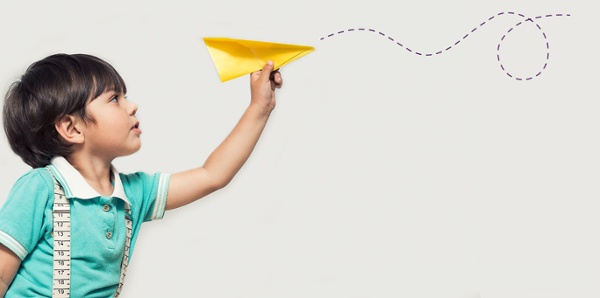CHILDREN'S HOME
CHILD ADVOCACY CENTER
Learn More About Child Sexual Abuse
Abuse occurs in all neighborhoods and communities, regardless of economic class, ethnicity or religion. Unfortunately, only 20 to 40 percent of child sexual abuse is ever reported to authorities.
What is sexual abuse?
Sexual abuse is any sexual activity with a child in which consent cannot be given or is not given. This includes: all sexual contact between an adult and a child; sexual contact between two children if there is a significant difference in age, development or size; and sexual contact with a child that is accomplished by force or threat of force, regardless of the perpetrator’s age.
Sexual abuse can include physical contact (touching the vagina, penis, breasts or buttocks, oral-genital contact or penetration) and non-contact behaviors (exposing the child to pornography, talking in sexually explicit ways to children or inappropriately watching a child undress or use the bathroom). Sexual abuse can occur in person, over the phone or online.
Who are perpetrators?
In over 90% of child sexual abuse cases, perpetrators know the child victim personally. They are family members, teachers, childcare providers, friends or neighbors. These perpetrators gain children’s and caregivers’ trust and have permission to be around the child on a regular basis.
How does abuse happen?
Abuse most often starts with “grooming,” a series of manipulative behaviors that escalate over time. For example, a perpetrator may begin by giving the child extra attention, such as buying them gifts and playing games. Grooming behaviors establish trust between the perpetrator, the child, and the child’s caregivers. This trusting relationship makes it more likely that the abuse will be overlooked, dismissed or kept secret.

Signs That a Child May Be Sexually Abused
Children often disclose abuse through unusual behaviors or changes in behaviors, not words. Because many forms of abuse are not physically evident, adults should recognize certain behavioral cues as signs of potential abuse. Consider the possibility of abuse when a child:
- is hesitant about being alone with a specific adult or child
- has sophisticated or unusual sexual knowledge or behavior
- suddenly refuses to change for or participate in physical activities
- experiences nightmares, trouble sleeping or bed-wetting
- experiences pain when sitting, walking or using the bathroom
- shows signs of depression, anxiety, aggression or suicidal ideation, including cutting and other forms of self-harm
- becomes pregnant or contracts a sexually transmitted infection, particularly if under 14
NOTE: These signs to not mean abuse is occurring. THey point to the possibility of abuse.
If you suspect abuse, call the child abuse hotline, 877.244.0864 right away. It is not your responsibility to investigate abuse, interview the child or get all the facts. Just contact the authorities with your suspicion so that children and families get the support and care they need. If a child is in immediate danger, also call 911.
Reasons Why Children May Not Tell
There are many reasons why children may not disclose abuse. Because most abusers have a close relationship with the child and their family, the child may worry about getting their abuser or themselves in trouble. Many abusers make threats to ensure that victims do not tell.
Other reasons victims may not tell include:
- shame or embarrassment
- fear that they will not be believed
- fear that they will be blamed
- worry that their parents will be upset or angry
- fear that disclosing will disrupt or separate the family
- limited language or developmental ability
Remember, children often indicate something is wrong through behaviors, not words. It can take a child weeks, months, years or an entire lifetime to fully reveal abuse using words.
Facts about Disclosures
- Very young children tend to accidentally reveal abuse.
- School-aged children tend to tell a caregiver.
- Adolescents are more likely to tell friends.
- Children with intellectual disabilities tend to show through changes in behavior.
- Many children have not been given the tools to understand that the abuse was wrong.
Truth in Disclosures
Children seldom lie about abuse. If a child discloses abuse, report what you know to the authorities; they will determine the facts and evidence. In rare instances when a child does lie about abuse, it can be an indication that something else is wrong.
In many cases, there are no physical signs that sexual abuse has occurred. If there are signs, they may include redness, abrasions, lacerations, evidence of semen or sexually transmitted infections.

